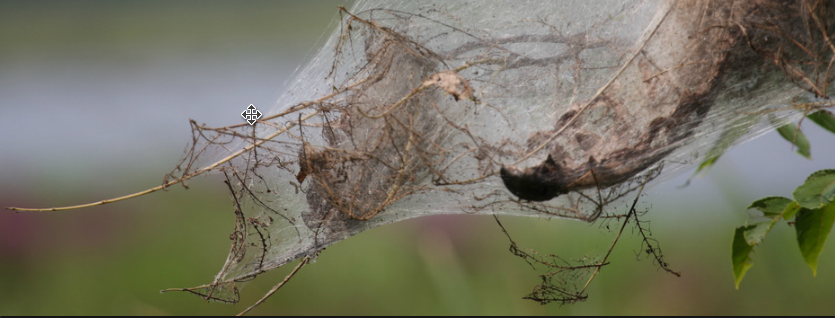
by The BugGuy | Sep 19, 2018 | Pest Control, Webworms
No one likes to see Armyworms in OKC! The fall armyworm (Spodoptera frugiperda) is a species in the order of Lepidoptera and is the larval life stage of a fall armyworm moth. The term “armyworm” can refer to several species, often describing the...

by The BugGuy | Oct 11, 2017 | Webworms
Pest Control OKC: When Webworms Take Over For many people, webworms are something they have seen plenty of times before. Fall webworms typically would spin their nests from April to September in Oklahoma, but the crazy weather could be a reason people would still see...




